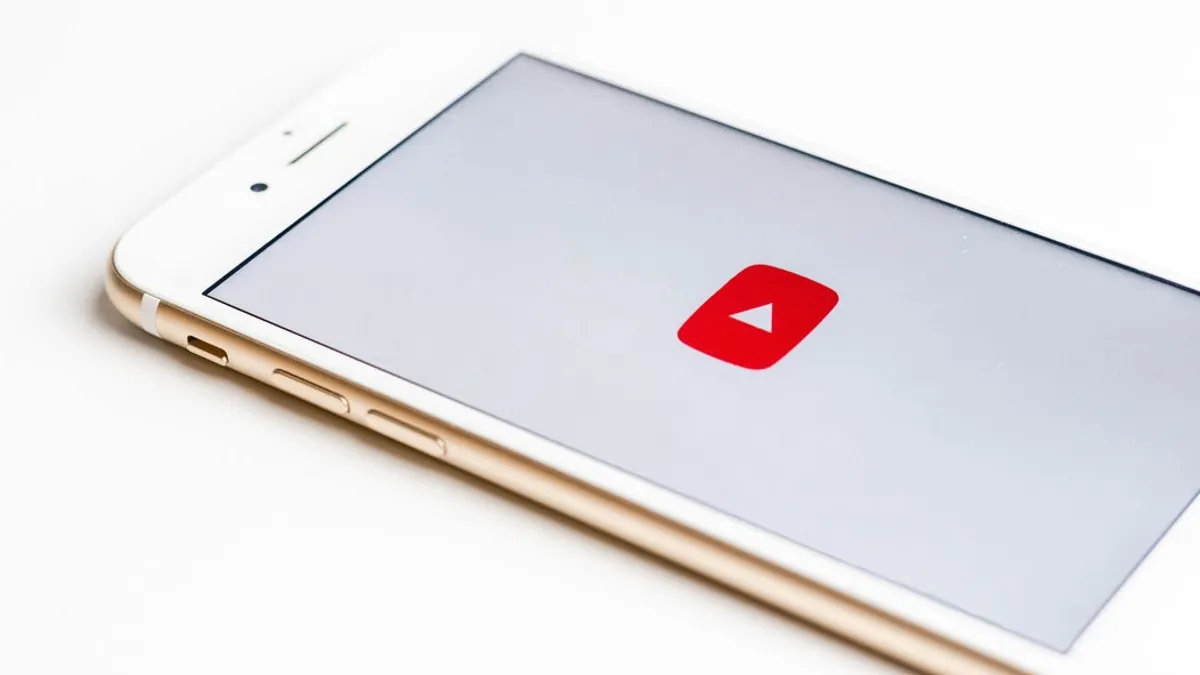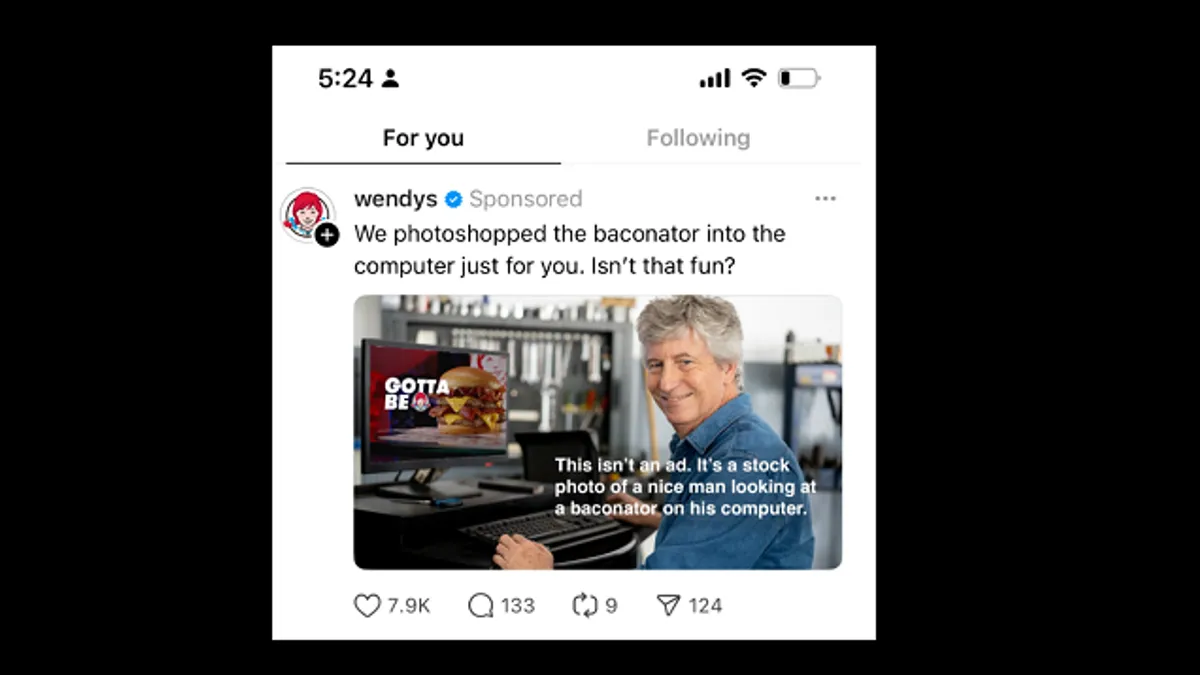The following is a guest post from Tony Chen, CEO of Channel Factory.
Apple plans to unveil a new video streaming service in April. Announcements like these offer both pros and cons for advertisers. New video channels further fragment the TV audience, but also enable brands to try new things, such as target an audience that previously came in the form of a GRP or reach a "subscription-only" audience like HBO or Netflix viewers on a second channel.
It's not always easy to find the best strategy. Comscore noted last year that the OTT audience is "elusive," and created special segments to help advertisers better find them on other channels.
There is one place where nearly every TV viewer eventually goes: YouTube. YouTube is the only video experience that offers a wide variety of content that's directly related to all of the shows being created by the big, linear VOD and OTT players to help brands further segment a TV audience. It can deliver incremental reach against ad-supported TV content as well as unique reach for brands looking to connect with subscription-show viewers. Yet brands rarely use YouTube as well as they could to stitch an audience together.
Layers of opportunity
People might watch the new season of "Game of Thrones" on HBO cable or HBO Now (or maybe even Apple), but they all will go to YouTube when they're looking for additional content around the show. YouTube and Nielsen published a study that proved a positive correlation between people that viewed a show on TV and people that viewed related content on YouTube. "The more people watched TV program content on YouTube, the more likely they were to tune into that show on linear TV. And conversely, YouTube viewership rose as TV program reach increased," the study noted.
It seems obvious that someone who likes "Game of Thrones" would turn to YouTube to watch the trailer for the upcoming season. But, when it comes to planning a campaign that spans TV and digital media, brands often miss out on the many layers of YouTube content that fall just beneath official "extra" content. There are about 550 million video views for the official "Game of Thrones" channel on YouTube. But there are 65 million for the top fan prediction channel and another 58 million for the second-most popular fan prediction channel. In fact, "Predictions and Theories" is only one of many different "Thrones" channel categories. There are also channels for insights and debate, fans of certain characters, celebrity interviews and more. Together, these video views match or beat the official content every day. YouTube isn't just about expanding reach, these various channels can also help brands do just the opposite by teasing apart different segments within a huge audience for a more targeted advertising approach.
The Last Harpy, the most popular fan prediction channel for "Thrones," has much more insight about its viewers than brands can access through YouTube's own self-service channel. Unlike a TV audience segment that's limited to age and gender demographics, YouTube creators and influencers have layers of more actionable data around exactly who is engaging with each of their videos, how they found those videos, what other content they consume from their channels and so on. Different creators and different channels could attract similar audiences, effectively offering brands a clearer map for audience targeting.
Different messaging for different audiences
Finding an audience is the first step. Figuring out what to say is the second. For a show like "Game of Thrones," where there isn't advertising on HBO, YouTube content allows advertisers to reach an audience on a secondary channel for the first time, presenting a potential branding and contextual alignment opportunity. When a new episode airs, it's likely that a person is multitasking if they're also on YouTube, signaling a stronger contextual link to the actual show. It's worth it to tailor ads to fit with the content.
For other shows that are ad-supported, YouTube offers a second or third chance to reach audiences, where more performance-based messaging could be a better fit. If the TV commercials have a brand message, the YouTube ads could offer more detail and even a call to action, which is easier and more effective to execute on a smaller screen. Combined with a brand's own audience data such as site visits, YouTube remarketing aligned with a specific audience can even more effectively drive conversions.
Using second-party influencer data to nurture a more loyal and engaged audience is a nuanced process. First, it helps brands scale even more. As brands learn more about subsections of a TV show's audience, they can alter their media plans. And, in addition to content keywords on YouTube, brands can also use the viewer data they get from influencers to retarget the most valuable users, effectively converting a "GRP" type segment into individual audience targets across digital channels.
The thing that hurts most about TV fragmentation is that scale is often harder to come by. Interestingly, this limitation on TV forces brands to rethink their strategy across screens, potentially opening up better paths forward. Fragmentation forces brands to focus on new data from content and audiences, moving from broad segmentation to detailed data. In this situation, it's best for brands to embrace the role YouTube plays across these many different audiences to make the most of new and evolving behavior.






















